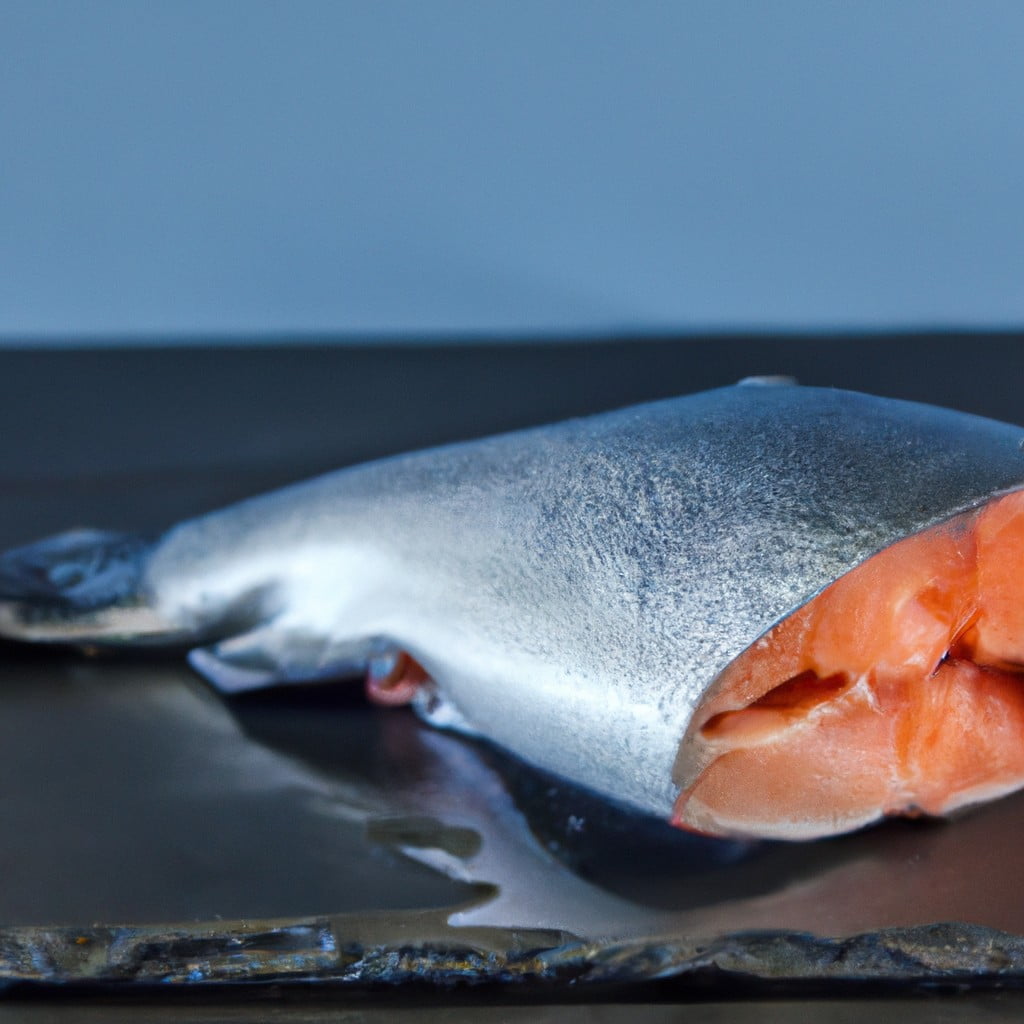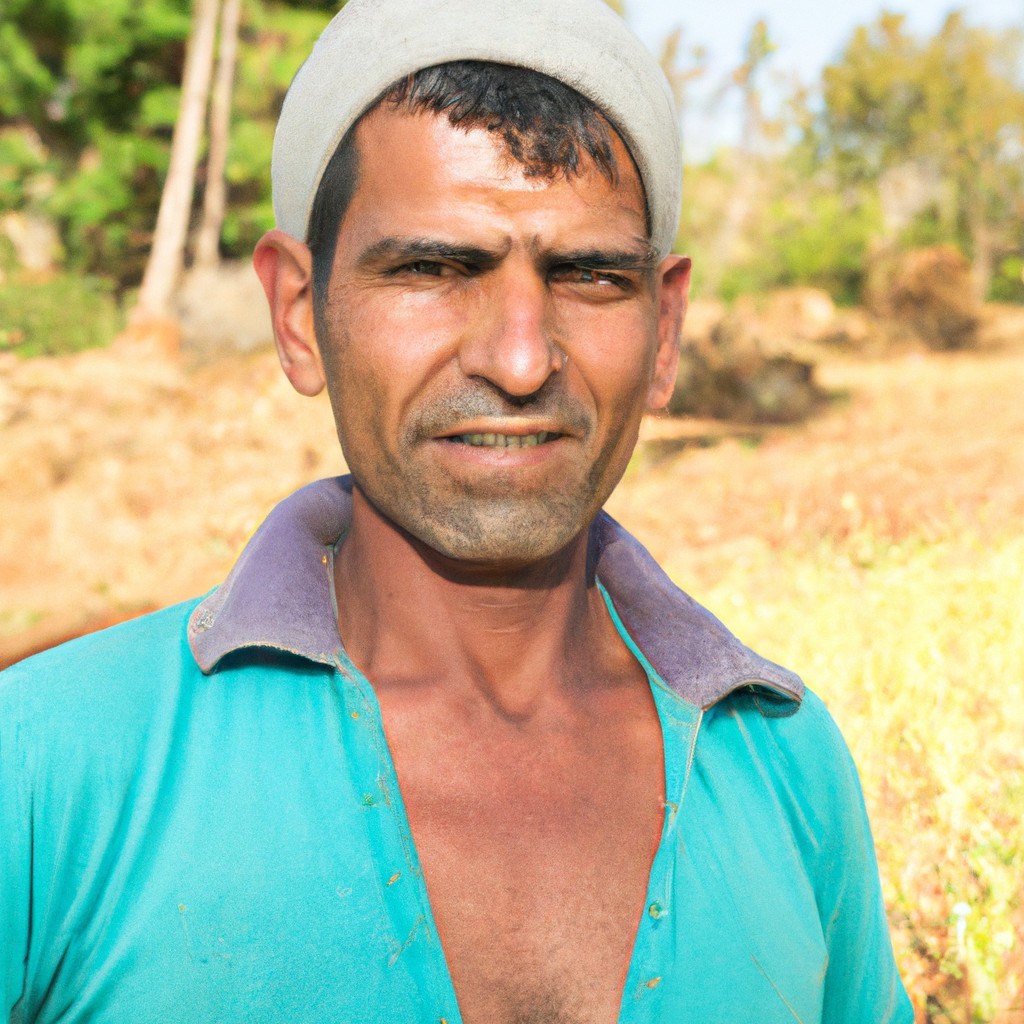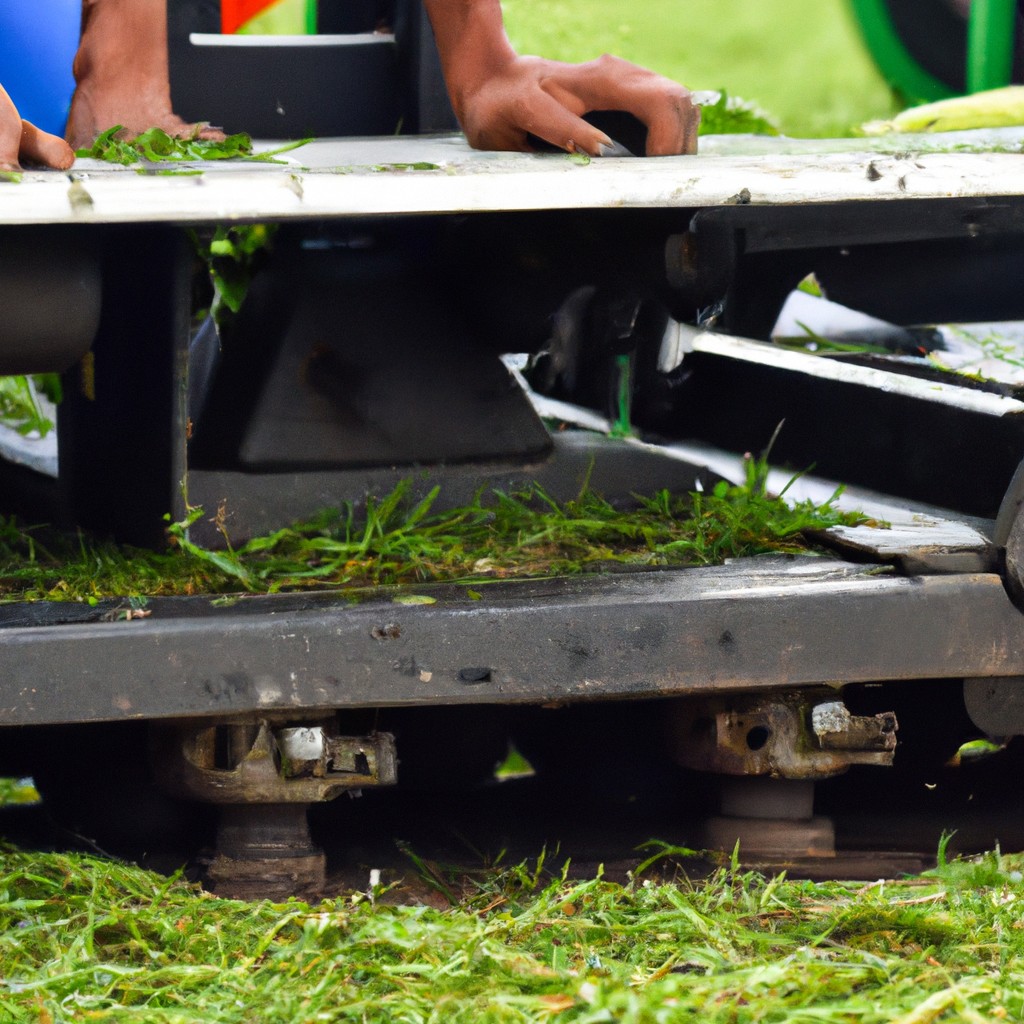Exploring the benefits and processes of sustainably farmed salmon reveals its crucial role in maintaining our ecosystem while providing a healthier, eco-friendly seafood option.
Sustainably farmed salmon is a topic that demands attention, especially for those conscious about the environment and their health.
This article delves into the heart of sustainable salmon farming, discussing what it entails, why it’s crucial, and how it impacts both the ecosystem and consumers.
From understanding the practices involved in sustainable farming to the benefits and challenges it presents, every detail is meticulously covered to provide a comprehensive view of this important subject.
Stay with us to unearth the fascinating world of sustainably farmed salmon.
Key takeaways:
- Sustainable farmed salmon limits negative environmental repercussions
- Eating sustainable salmon promotes muscle growth and heart health
- Sustainable salmon farming minimizes pollution and preserves biodiversity
- Innovative methods and technology ensure sustainability in salmon farming
- Sustainable salmon farming reduces pressure on wild fish stocks
Look Inside:
Sustainable Farmed Salmon Explained

Adhering to strict standards and guidelines, this form of aquaculture revolves around practices that limit negative environmental repercussions, maintain optimal fish health, and ensure premium quality produce.
Farms operating under this initiative focus not just on immediate yield, but also take into account the far-reaching biosphere impacts.
Emphasis is placed on reducing waste outputs into nearby water bodies, maintaining healthy fish stock, and eliminating usage of harmful chemicals in the farming process.
Using a balanced diet made of trimmings and processed fish offcuts, these farms also make a concerted effort to preserve wild fish populations.
Health Benefits of Eating Sustainable Farmed Salmon
Rich in essential nutrients, sustainably farmed salmon offers multiple advantages for a healthy diet. Having a high protein content, it promotes muscle mass growth and maintenance, while its generous omega-3 fatty acids contribution supports heart health, reducing risks of cardiovascular diseases.
Notably, these fatty acids also play pivotal roles in brain function, potentially mitigating mental decline associated with aging. Furthermore, sustainably farmed salmon is a rich source of Vitamin D, key to bone health, and immune system regulation.
Comparatively lower in contaminants than their non-sustainable counterparts, sustainably farmed salmon ensures a safer consumption profile. Thus, integrating sustainably farmed salmon into regular meals can significantly help improve overall health.
Environmental Impact of Sustainable Salmon Farming
Adopting sustainable practices in salmon farming has far-reaching implications for the environment. For starters, these methods significantly lower the risk of affecting wild populations through disease transmission and interbreeding, common issues with traditional fish farming. Moreover, sustainably farmed salmon minimizes the usage of wild-caught fish in feeding, striking a balance in marine food chain conservation.
In addition, responsible farming practices control pollution by ensuring that waste from farms is not directly released into water bodies, which can lead to wider environmental degradation. Through the utilization of effective waste management techniques, the environmental footprint is reduced. Furthermore, regulations in sustainable salmon farming also ensure that farms are not located in sensitive habitats, thereby preserving the balance of delicate ecosystems. Each step taken in sustainable farming plays a crucial role in mitigating harmful environmental implications and promoting biodiversity.
Practices to Minimize Environmental Harm in Salmon Farming
Adopting sustainable practices in salmon farming entails careful site selection. These farms should ideally be located in areas with strong tidal flows which can naturally dilute waste products. The use of non-chemical treatments against sea lice, a common parasite in salmon, is vital to maintain the health of the fishes and the surrounding marine environment.
Aquaculture feed is another area of focus. Utilizing plant-based or insect-based feeds instead of wild fish not only conserves wild fish populations, but also controls the nutrient loads in the waste, reducing environmental impact. Furthermore, fallowing, the practice of leaving sections of the farm empty for a period between stocks, helps regenerate the local area and prevent disease spread.
Innovations in technology have led to the development of closed containment systems— structures that physically separate farmed salmon from the external environment, thus restricting the flow of waste, disease, and parasites.
These measures, collectively applied, serve to cushion the effect of the farming process on our planet, supporting the overall goal of sustainability.
Methods to Ensure Sustainability in Salmon Farming
Innovative foddering schemes stand at the forefront of these methods, with an emphasis on swapping traditional, fish-based feed for alternatives such as insects, algae, and trimmings from seafood processing. This shift aids in reducing dependence on wild fish stocks, thus safeguarding biodiversity.
Another key method centers on minimizing the farm’s effects on surrounding water bodies. Reducing effluent, preventing escapement, and managing disease spread comprise the tripartite strategy for this. Advanced net technologies and rigorous health monitoring protocols play a pivotal role in accomplishing this.
Rotational farming, akin to crop rotation in agriculture, also bolsters sustainability. This approach entails periodically resting certain areas of the farm, allowing the water and seabed to rejuvenate and mitigating the risk of disease proliferation.
Coupled with strict adherence to regional and global sustainable farming standards, these methods create a paradigm in which salmon farming is both fruitful and environmentally conscious.
Disease Control in Sustainable Salmon Farming
To significantly reduce disease outbreak in farmed populations, farmers employ several best management practices. Preventive measures underpin these strategies, specifically focusing on maintaining excellent water quality and ensuring optimal feed and stocking densities.
Prophylactic health checks and vaccinations play an integral role in this struggle against disease, counteracting common aquatic pathogens. In situations where disease outbreak occurs despite preventive measures, the responsible use of therapeutants under veterinary supervision is applied to control the spread and reduce mortality rates. Such strategic approaches not only aid in sustaining the health of farmed salmon but also lessen the opportunity for transmission of pathogens into the wild, safeguarding the ecosystem balance.
Controlling Pollution in Sustainable Salmon Farming
Effective measures have been adopted to mitigate pollution caused by salmon farming activities. Optimization of feed composition has been one of the most successful strategies. By reducing excess nutrients in the feed that often lead to waste, pollution levels are significantly curtailed. The application of underwater cameras to observe feeding behaviour also reduces overfeeding, resulting in minimized waste.
Moreover, to limit the occurrence of harmful algal blooms, farms are frequently rotated. These shifts allow for the natural breakdown and assimilation of leftover feed and feces into the aquatic environment, providing ample recovery time for marine habitats. Additionally, advances in technology are furnishing closed-containment systems that prevent the leakage of pollutants into surrounding waters.
Collectively, these measures contribute to a reduction in pollution, while bolstering the sustainability of salmon farming.
Preserving Wild Fish Stocks Through Sustainable Salmon Farming
Sustainable salmon farming plays a critical role in alleviating pressure on wild fish stocks. In traditional methods, aquaculture often involves using various species of wild fish to feed the salmon in farming. This practice could lead to the overfishing of certain species and disrupt the natural balance in the ecosystem.
By contrast, sustainable salmon farming prioritises the use of alternative feedstock. This not only reduces dependency on wild fish populations but also enhances the nutritional value of the salmon. Algae, insects, and by-products from the processing industry are some feed alternatives employed, effectively creating a circular economy. It’s a win-win situation – enhancing the health of fish populations and ensuring a high-quality product for the consumer.
Additionally, location selection for fish farms is crucial. By carefully choosing sites with strong water currents, farmers can help ensure healthier, stress-free salmon, reducing the need for antibiotic use, thus adding another layer of protection for wild fish stocks.
FAQ
Is sustainably farmed salmon healthy?
Yes, sustainably farmed salmon is healthy, offering high amounts of protein and omega-3 fatty acids that benefit the heart and brain while posing minimal risk of contaminants.
Is any farmed salmon sustainable?
Yes, farmed salmon is considered sustainable due to its efficiency and lower environmental footprint compared with other animal protein sources.
Is there any healthy farmed salmon?
Yes, farmed salmon is considered healthy as it provides valuable nutrients such as fats, protein, and essential vitamins and minerals.
Is sustainably farmed fish healthy?
Sustainably farmed fish are typically healthy, being rich in protein, vitamins, minerals, and heart-healthy omega-3s, but it is prudent to opt for varieties less prone to containing Mercury, PCBs, or other contaminants.
How does the sustainability of salmon farming impact its nutritional value?
The sustainability of salmon farming has no direct impact on its nutritional value as factors affecting nutrition are largely determined by fish diet rather than farming practices.
What practices are involved in sustainable salmon farming and how do they improve fish health?
Sustainable practices in salmon farming include minimizing sea lice levels and harmful algae blooms, employing clean technology, and using humane methods for slaughter, which contribute to improved fish health by reducing stress and disease and ensuring optimal living conditions.
Can the methods used in sustainable farming reduce the environmental impact of salmon farming?
Yes, sustainable farming methods can help reduce the environmental impact of salmon farming.




